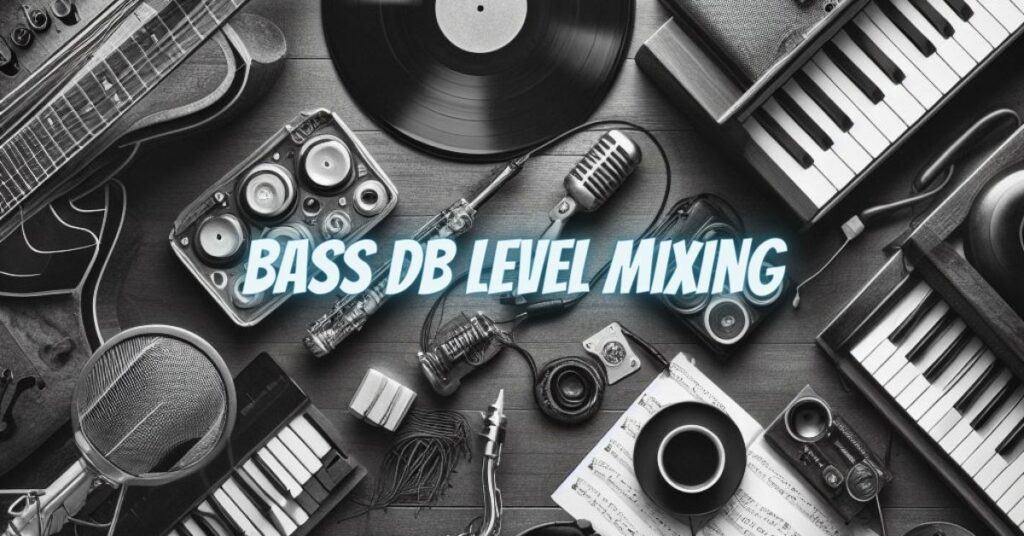Bass dB level mixing is the process of setting the volume of the bass frequencies in a mix. It is an important part of the mixing process, as it can have a significant impact on the overall sound of the mix.
The ideal bass dB level for a mix will vary depending on the genre of music, the other instruments in the mix, and the personal preferences of the engineer. However, there are some general guidelines that can be followed.
A good starting point is to set the bass level so that it is just below the level of the kick drum. This will help to ensure that the bass frequencies are present in the mix, but not overpowering.
Once the bass level has been set, it can be adjusted to taste. If the bass is too loud, it can make the mix sound muddy and cluttered. If the bass is too soft, it can make the mix sound thin and weak.
Here are some additional tips for bass dB level mixing:
- Use a spectrum analyzer to visualize the frequency content of your mix. This can help you to identify any areas where the bass is too loud or too soft.
- Solo the bass and listen to it carefully. Make sure that it is well-defined and that it sounds good on its own.
- Listen to your mix on a variety of different playback systems. This will help you to ensure that the bass level is consistent across all systems.
Here are some additional insights into bass dB level mixing:
- The importance of balance: When mixing bass, it is important to balance it with the other instruments in the mix. The bass should be present and audible, but it should not overpower the other instruments.
- The role of the kick drum: The kick drum is typically the loudest instrument in a mix, and it plays an important role in defining the low end. When mixing bass, it is important to make sure that the bass and the kick drum are working together to create a solid foundation for the mix.
- The use of compression: Compression is a powerful tool that can be used to control the dynamics of the bass. When used correctly, compression can help to make the bass sound more consistent and even.
- The importance of EQ: EQ can be used to shape the frequency response of the bass. This can be useful for boosting or cutting certain frequencies to achieve the desired sound.
Overall, bass dB level mixing is an important part of the mixing process. By following the tips above, you can ensure that your bass frequencies are well-balanced and that they sound good in a variety of different listening environments.


